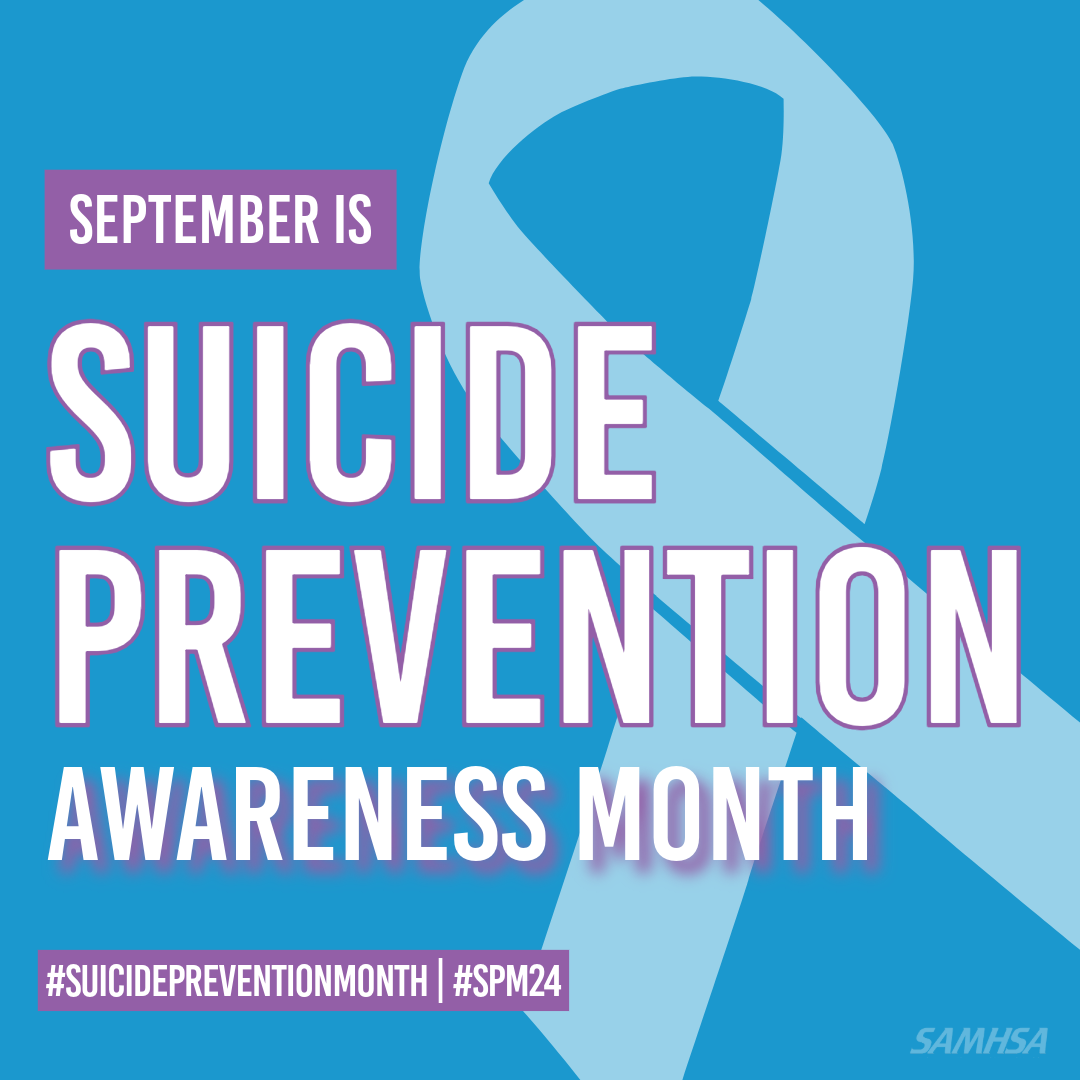Recognizing Risks, Signs, and the QPR Approach

September marks a vital period for focusing on suicide prevention, particularly given the alarming statistics from Oregon. According to the Oregon Health Authority, nearly 1,000 Oregonians lost their lives to suicide in 2022, reflecting a rate significantly higher than the national average (Oregon Health Authority, 2023). This statistic highlights the urgent need for comprehensive awareness and intervention efforts. Suicide Prevention Month provides a crucial opportunity to spotlight this pressing issue. By taking a moment to learn about the risk factors, warning signs, and effective response strategies, you can make a significant difference in preventing suicide among your friends, family, and community members. Let’s delve into how you can become better equipped to recognize and respond to those in need.
Understanding Risk Factors
Suicide can affect anyone, but certain factors increase the risk, especially among youth. Common risk factors include:
- Mental Health Disorders: Conditions such as depression, anxiety, and bipolar disorder are strongly associated with suicide risk.
- Substance Use: The use of drugs or alcohol can exacerbate mental health issues and impair judgment.
- Trauma and Abuse: Experiencing or witnessing violence, abuse, or trauma can lead to emotional distress and suicidal thoughts.
- Bullying and Peer Pressure: For youth, bullying—whether in person or online—can be a significant stressor that impacts mental health.
- Family History: A family history of suicide or mental illness can increase an individual’s risk.
- Isolation: Feelings of loneliness or social isolation are critical risk factors, particularly among young people who may struggle with connecting to others.
Recognizing Warning Signs
Identifying the warning signs of suicide is crucial for early intervention. Look for these indicators:
- Verbal Cues: Expressions of hopelessness, such as statements like “I can’t take it anymore” or “Everyone would be better off without me.”
- Behavioral Changes: Sudden withdrawal from friends, family, or activities, and drastic changes in behavior or mood.
- Physical Symptoms: Neglecting personal appearance, changes in sleep patterns, or drastic weight loss or gain.
- Self-Harm: Engaging in self-injurious behaviors, such as cutting or burning.
- Preoccupation with Death: A noticeable increase in talking or thinking about death, dying, or suicide.
Responding to Suicide Risk
If you suspect someone may be considering suicide, it’s essential to approach the situation with care and empathy. Here are some steps to initiate the conversation and help ensure the individual’s safety:
- Ask Directly: Open a conversation by asking straightforward questions like, “Are you thinking about suicide?” It is important to know that asking directly about suicide will not increase their risk; rather, it can provide them with an opportunity to express their feelings and receive help.
- Listen Actively: Offer a non-judgmental ear. Listen to their feelings and experiences without interrupting or dismissing their concerns. Active listening shows that you care and can help them feel understood and supported.
- Remove the Dangers: If there is an immediate risk, take steps to ensure their safety. This might involve removing access to means of self-harm, such as firearms or medications, and ensuring they are not left alone if they are at high risk.
- Refer to Resources: Let them know that help is available and that they are not alone. Encourage them to seek professional support from a counselor, therapist, or doctor. For immediate assistance, the National Suicide Prevention Lifeline can be reached at 988, available 24/7 for free and confidential support.
The QPR Approach
Adapt’s Prevention and Education Program provides free QPR Gatekeeper training, an invaluable resource for learning how to recognize and respond to suicide risk. QPR—Question, Persuade, Refer—is designed to equip individuals with the skills to effectively intervene when someone is at risk. This training is suitable for both youth and adults, helping to build a supportive community where everyone is prepared to act. To schedule this free training for your school or agency, contact our Prevention Program at [email protected].
Suicide Prevention Month is a powerful reminder of the need to stay vigilant and proactive in our efforts to prevent suicide. By understanding risk factors, recognizing warning signs, and employing effective intervention strategies like QPR, we can make a significant impact in saving lives. Let’s come together this September to raise awareness and promote a culture of support and prevention.
Helpful Resources: